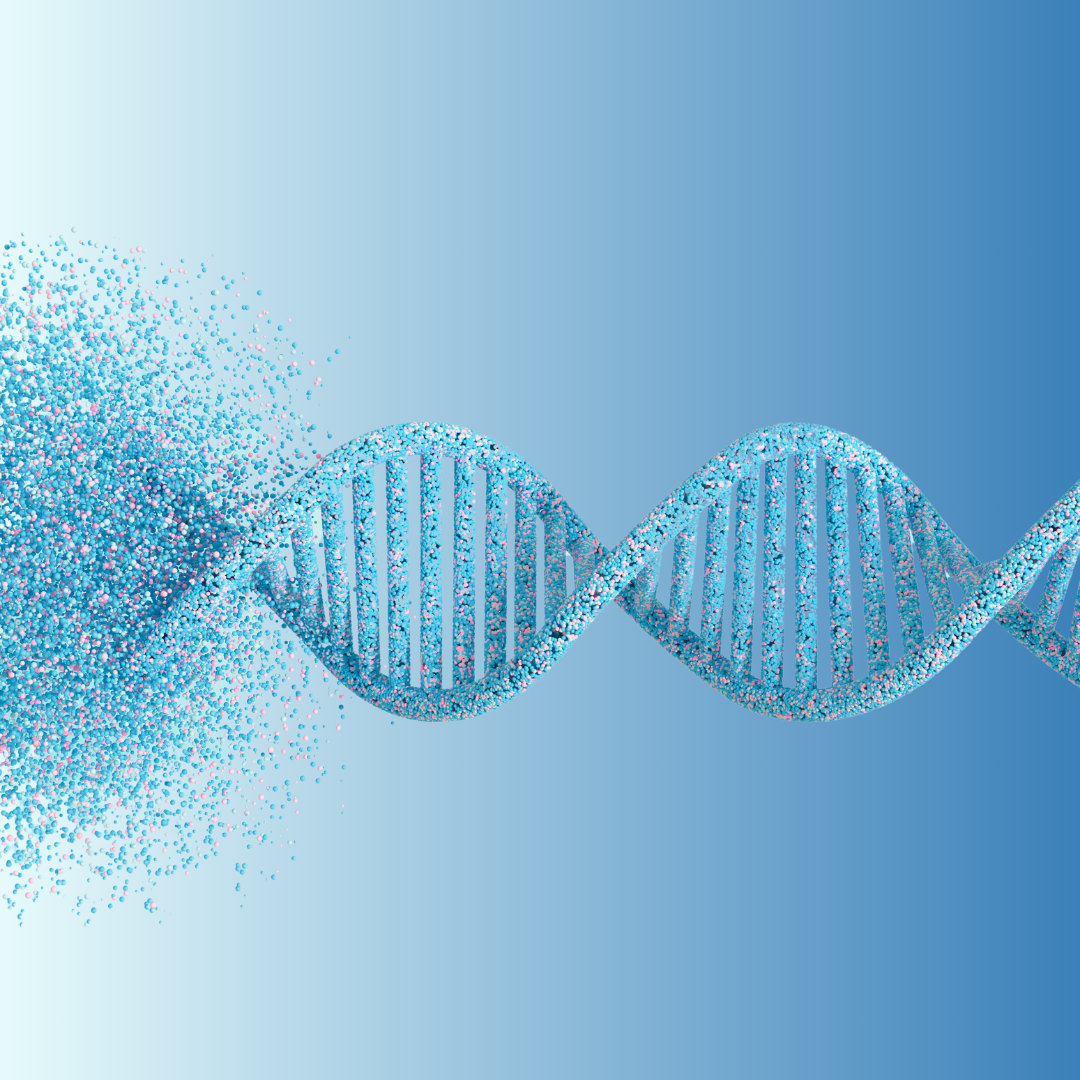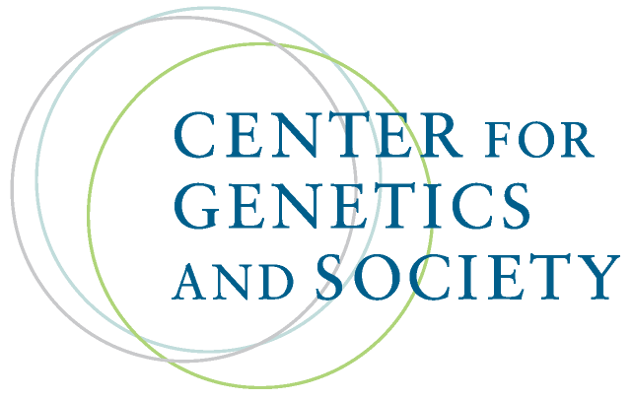Money and murder: the dark side of the Asilomar meeting on recombinant DNA
By Matthew Cobb,
Nature
| 02. 17. 2025
On 24 February 1975, some 150 people met at the Asilomar Conference Grounds near Monterey on the Californian coast. They were mostly scientists from the United States, together with representatives of various companies and government agencies, and 16 journalists. Their subject was the new technology of recombinant DNA — molecules created in a laboratory by stitching together genetic material from different organisms. Researchers were excited by the possibilities for discoveries, and the potential of the technique to produce drugs, for example using specially engineered bacteria to make insulin. But they were also terrified that they might inadvertently create diseases that could infect lab workers and the wider community.
By the end of the meeting, its participants had agreed to adopt biosafety protocols that are still in force in the United States, and which have hugely influenced similar regulations worldwide. The meeting has become known simply as Asilomar, a byword for how a scientific community came together to forge consensus on a thorny topic. It is often held up as an example of how science can self-regulate without the involvement of...
Related Articles
By Katrina Northrop, The Washington Post | 04.06.2025
photo via Wikimedia Commons licensed under CC by 3.0
China's most infamous scientist is attempting a comeback. He Jiankui, who went to jail for three years after claiming he had created the world's first genetically altered babies, says he remains...
By Kevin Davies, Genetic Engineering & Biotechnology News | 03.27.2025
Around 2018–19, there was not a bigger science and ethical story than the debate over heritable human genome editing (HHGE) and the scandal over the “CRISPR babies.” The scientist, He Jiankui, who attempted to engineer the germline of human embryos...
By Megan Molteni, Stat | 03.28.2025
WASHINGTON — Keith Joung knows better than a lot of people what, exactly, it might require to prove to regulators and patients that CRISPR could be safely used to alter the genome of a human embryo. If, of course, society...
By Liyan Qi and Jonathan Cheng, The Wall Street Journal | 03.26.2025
photo via Wikimedia Commons licensed under CC by 3.0
Chinese scientist He Jiankui set off global outrage and landed in prison after he skirted ethical guidelines and claimed he had produced genetically modified babies designed to resist HIV infection.
Now, the self-styled ...




